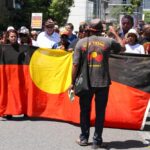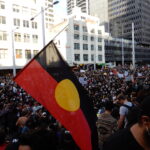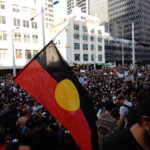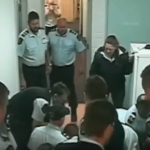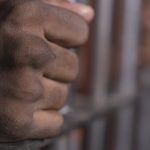Criminal Justice Policy is Key to Addressing Overincarceration of First Nations Kids
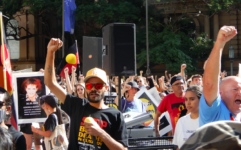
A recently released NSW Bureau of Crime Statistics and Research (BOCSAR) report outlines that over the five years ending in December 2019, there was a pronounced decline in the average number of First Nations youths in custody – down from 161 to 121, which accounts for a 25 percent drop.
Yet, over this same timeframe, the number of non-Indigenous youths in custody in this state remained stable.
Two key factors led to this substantial decrease. The first was a decline in the number of First Nations youths initially charged by police being proceeded against in court. This reduction was especially prominent in relation to break and enter, property damage and traffic offences.
The other reason for the drop is a decline in the number of Aboriginal children being sentenced to time inside. This was in part due to a reduction in these youths ending up in court, but it was also caused by a marked decrease in those receiving a custodial sentence.
These figures are significant as First Nations people – both youths and adults – are disproportionately incarcerated nationwide. And as NSW Greens MLC David Shoebridge points out, the report indicates that criminal justice reforms can improve this overrepresentation.
The proof in proceedings
“This makes it clear that there are a bunch of policy decisions that have been driving the incarceration of Aboriginal people across the country,” Shoebridge told Sydney Criminal Lawyers.
“So, rational bail reform that happened some years ago, together with pulling back on over aggressive policing has made a difference in the number of young people in gaols.”
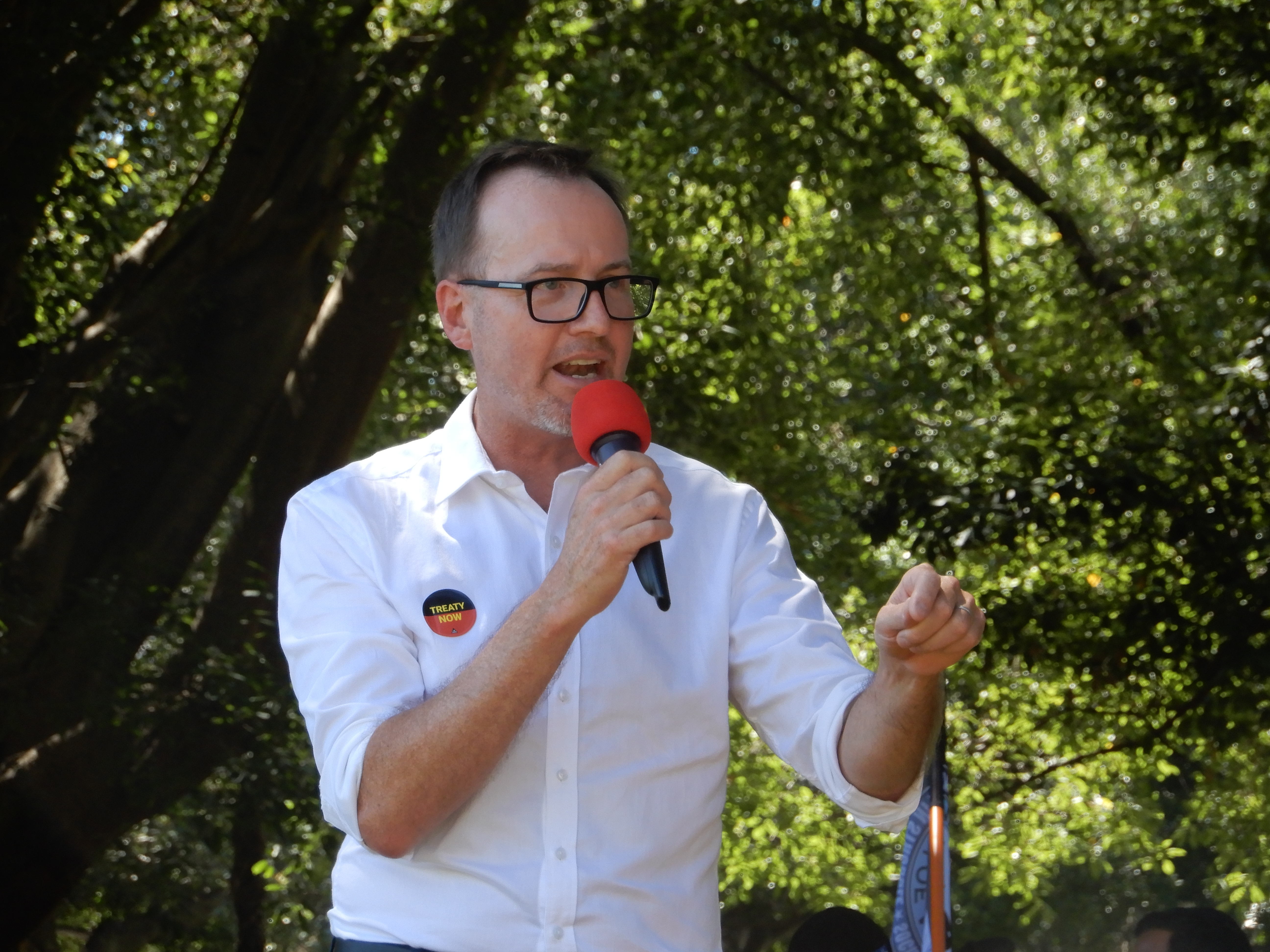
The report sets out two further factors leading to the reduction, which involve courts declining to revoke bail over the breaching of its conditions, as well as deciding not to sentence these young First Nations people to time over breach of community-based orders.
The BOCSAR researchers also noted two concerns. These being the number of Aboriginal youths being refused bail by police having increased, as well as a rise in the number of them being proceeded against by police for breach of bail conditions.
But the decisions of judicial officers cited above meant that these increases in police actions didn’t impact overall custody rates.
“This is a wicked problem,” Shoebridge added, “but this shows we can solve it with political will.”
Bleak overrepresentation
However, the scale of these changes isn’t enough. The latest BOCSAR custody figures show that in March this year, 42 percent of youths detained in the NSW juvenile justice system were First Nations, despite their only making up 5 percent of the overall population in the 10 to 17 age bracket.
“What we see with that figure is a continuing blight on the criminal justice system that is making First Nations people in this country the most incarcerated people on the planet,” Shoebridge outlined.
“That figure means that a young Aboriginal boy in NSW is between 10 and 20 times more likely to be in gaol, than his non-Aboriginal counterpart.”
The stark number of First Nations youths being locked up isn’t confined to NSW, as it’s currently the case right across Australia. And in some jurisdictions the disparity is so great, the figures are almost unfathomable.
Currently, in the Northern Territory, 91 percent of youths in detention are First Nations. Last September in WA, 69 percent of youth detainees were Aboriginal. While on an average day in Queensland over 2019-20, 70 percent of youth detainees were Indigenous kids.
“We can note that reduction,” Shoebridge said in relation to the NSW statistics, which used to be “in excess of 50 percent just a few years ago”.
“But we should still be railing against a criminal justice system that is so grossly and disproportionately targeting First Nations people.”
A link to forced child removals
The NSW Legislative Select Committee into the High Level of First Nations People in Custody and Oversight and Review of Deaths in Custody delivered its final report on 15 April this year.
Its recommendations are currently before the Berejiklian government, which has 6 months to respond.
The inquiry was instigated by Shoebridge on the back of the upswell in the First Nations rights movement against police brutality and custody deaths that was sparked by the Black Lives Matter uprisings in the US over May and June last year.
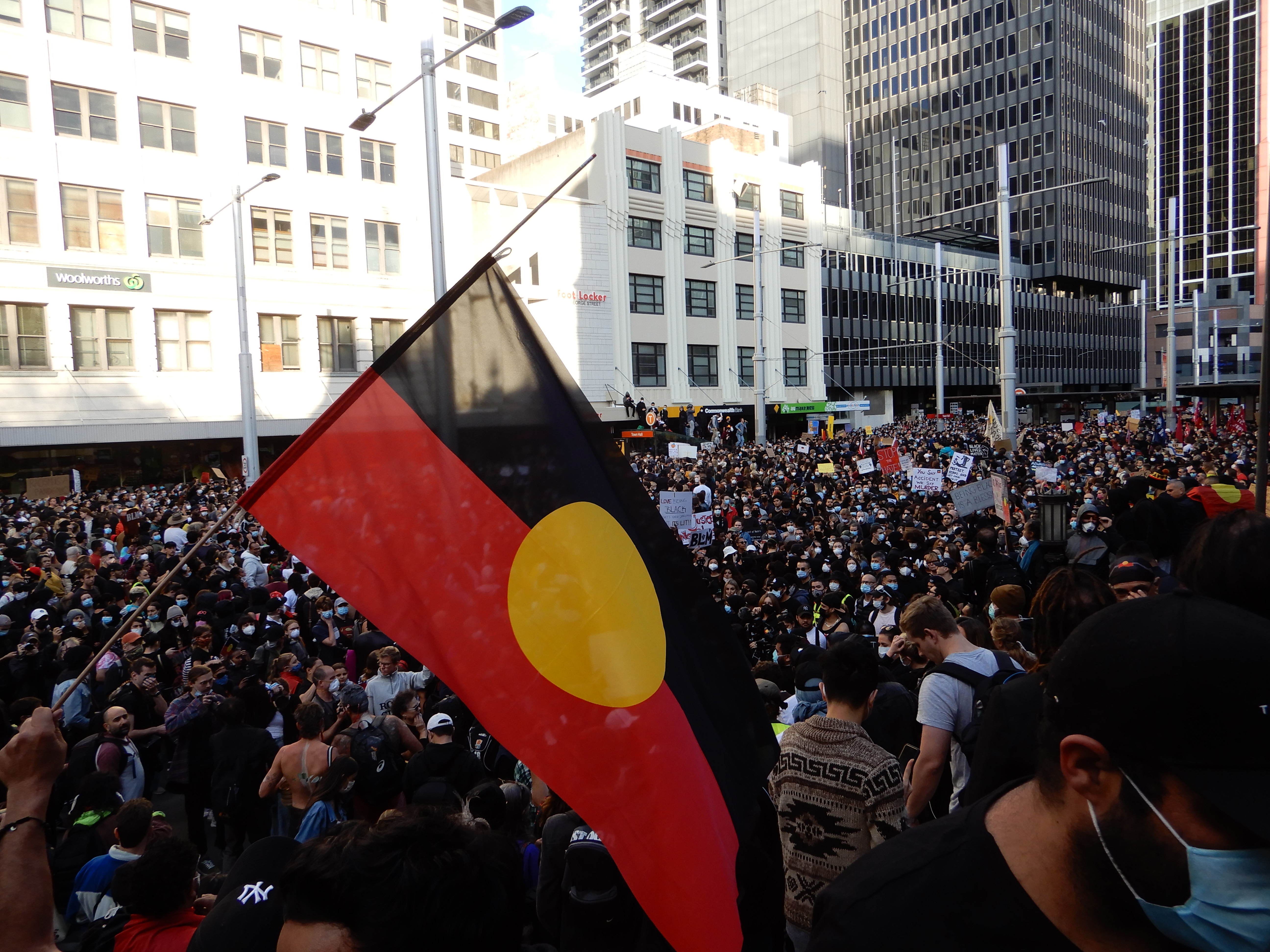
The Greens justice spokesperson explained that while the majority of recommendations focused on adult prisoners, multiple submissions had pointed to a link between adult incarceration and the high numbers of Aboriginal children being removed from their families to be placed in out-of-home care.
“What we do know is that unless we change policy and move from policing and gaoling Aboriginal kids towards supporting and helping them to remain with their families and communities,” Shoebridge added, “we won’t reverse these trends.”
Raise the age
Another aspect to the approach that all Australian states and territories take to youth justice that’s disproportionately impacting First Nations communities is the fact that the age of criminal responsibility is 10 years old.
And while there’s been a sustained campaign to see it raised to 14 going on for some years now, a meeting of the Council of Attorneys General last year decided the best course of action to take was to deliberate upon the reform some more.
This week, it’s come to light that the council has withheld multiple submissions from the public that youth, medical and legal organisations had submitted in 2018, the majority of which had been supportive of the reform.
“It is poor kids, but overwhelmingly, it’s First Nations kids that have been criminalised, because politicians in the major parties don’t have the courage to stand up and raise the age of criminal responsibility,” Shoebridge made clear.
“The disconnect between the lives of most politicians and the lives of those most impacted is seeing this lack of action,” he concluded.
“It’s that disconnect together with a willingness to engage in tough law and order policies.”


